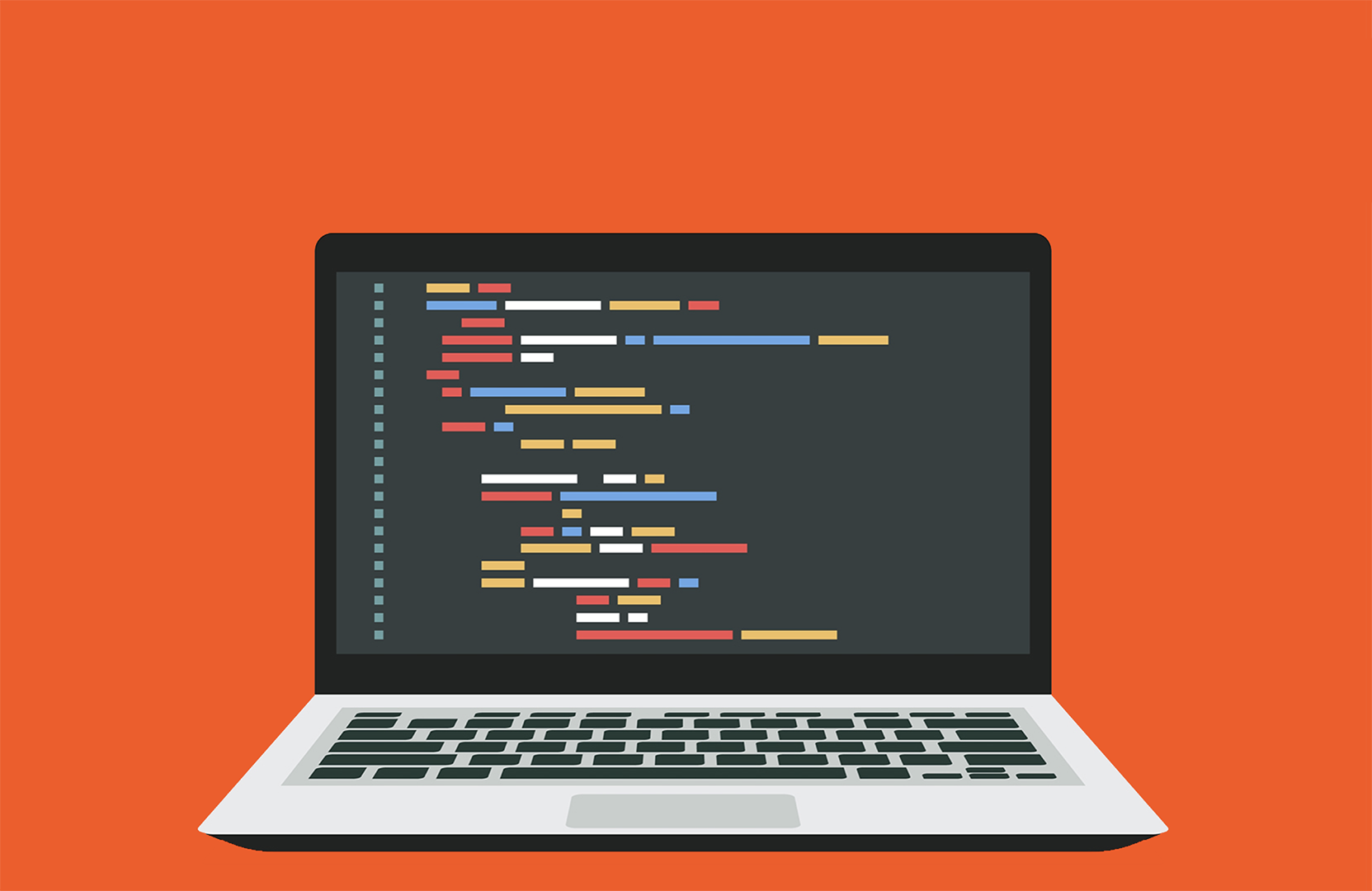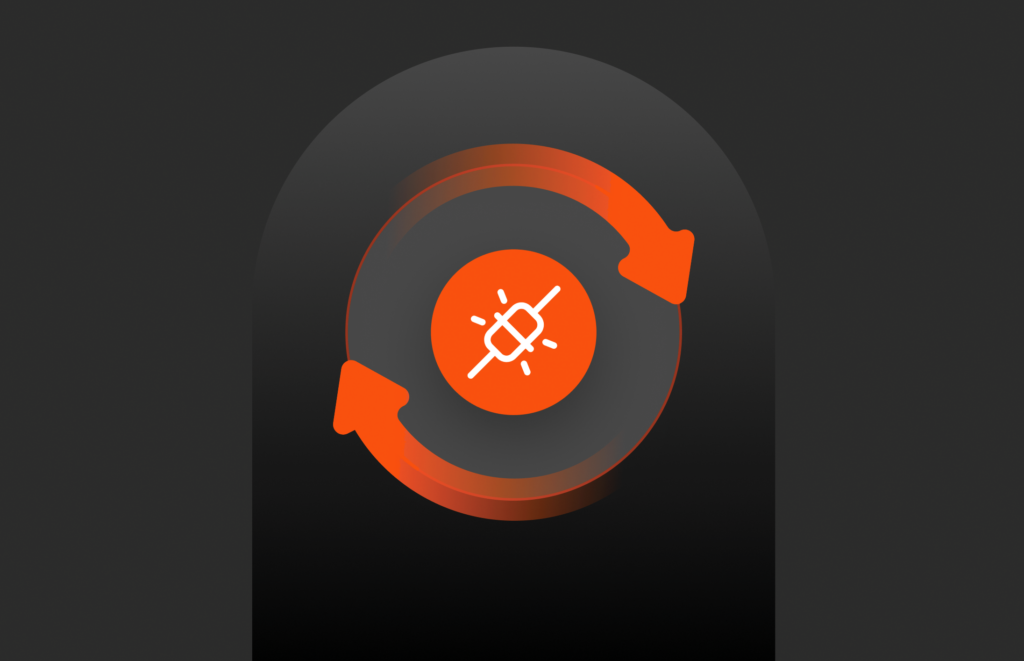The Pure Storage team is always here to help you access the information and resources you need to get the most out of your Pure Storage products. In addition to the Pure PEAK Program, our experts regularly share content—coding included—in the Purely Technical category of our blog.
It’s National Coding Week, which is a perfect opportunity to share some of the resources from our community of developers and engineers.
How to Improve Python S3 Client Performance with Rust: This blog post helps solve the Python S3 performance problem. It does so by replacing Boto3 with equivalent functionality written in a modern, compiled language.
How to List 67 Billion Objects in 1 Bucket in Golang: Learn what it takes to list all keys in a single bucket with 67 billion objects and build a simple list benchmark program in Golang.
Trino S3 via hive-metastore Integration: Learn how to use S3 storage on a Pure Storage FlashBlade with Trino, the fast distributed SQL query engine for big data.
Airbyte S3 Connector on Kubernetes: Learn how a simple implementation of Airbyte on Kubernetes with S3 integration on Pure Storage FlashBlade.
How to Create an S3 Bucket with Terraform: Instead of manually provisioning several S3 buckets, you can use Terraform to deploy them within seconds. After you create a Terraform file, you can continue to deploy S3 buckets within seconds. All of this is accomplished without having to configure each one of them.
How to Compare Data Formats for Log Analytics: A high performance storage substrate like FlashBlade enables all sets of data to be stored on the same device with the ability to easily shift capacity between different formats as needed.
Spark’s Missing Parallelism: Loading Large Datasets: Apache Spark is a powerful tool for parallel processing of many data types. Learn how to optimize it after enumeration of data sets.
When to Use -q: -q is the “quiet” parameter and makes it easier to deploy network-wide installations without prompting users to choose a variety of options.
How to Load YAML with Python: When you need to ingest a YAML file into your Python coding scripts, you could parse the text yourself. You can also use an available library.
How to Attach/Detach SQL Server Databases with PowerShell: Here are some scripts developed for the SQL Server 2012 Reference Architecture to automate how you attach and detach SQL Server databases.
Concurrent Programming Case Study: Comparing Python, Go, and Rust: Writing applications that leverage concurrency is a challenge. This blog compares writing an example program using Python multiprocessing, Rust, and Go.
Dremio S3 and NFS Integration: This article shows how you can use fast NFS and S3 from Pure Storage to power your Dremio Kubernetes deployments.
What is the etc/hosts File in Linux?: The /etc/hosts file is a plain text file which is used in matching a fully qualified domain name with the server IP hosting a specific domain.
SQL UPDATE vs. INSERT vs. UPSERT: This blog looks at the three SQL statements: UPDATE, INSERT, and UPSERT. The blog also shows examples of how and when to use them.
Docker Compose vs. Dockerfile with Code Examples: Dockerfile and Docker Compose are part of the Docker universe. However, these are different things with different functions. Learn more about them and see some code examples.
SQL DISTINCT vs. UNIQUE: In Structured Query Language, the DISTINCT and UNIQUE statements eliminate duplicates but have different use cases.
Tools Used (and Lessons Learned) in Pure’s Python 3 Upgrade: Pure developer Carla Mott shares the compatibility tools she used and lessons she learned when her team upgraded a large code base from Python 2 to Python 3.
Learn More with Pure PEAK Courses
The Pure PEAK Program can help you prepare yourself to champion modern, flexible, and easy to manage storage solutions for your organization. Through this on-demand program, you can earn PEAK certifications that acknowledge your achievement and join a network of professionals in the Pure Community. Courses are free with an Evergreen StorageTM subscription.





